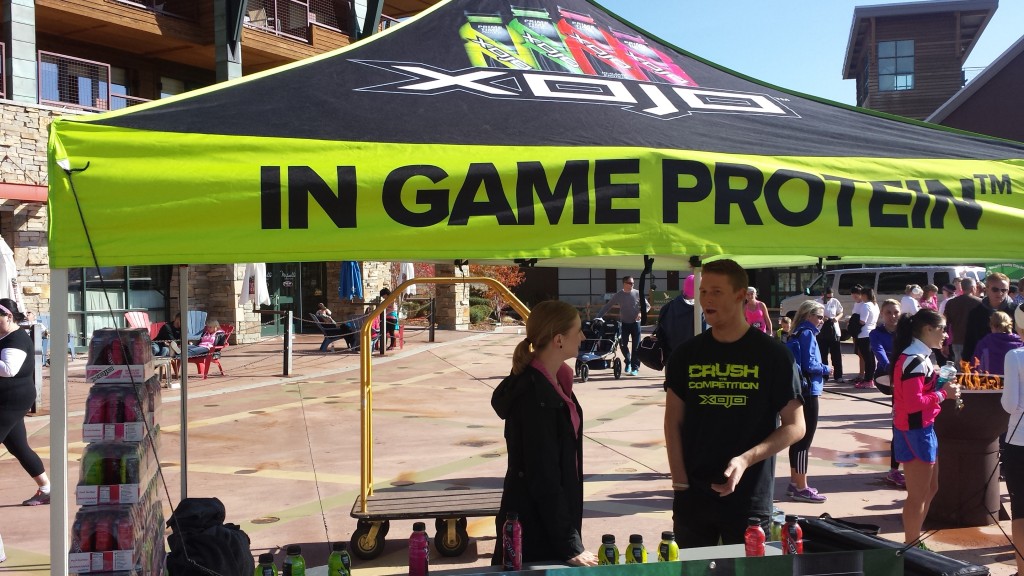
It’s kind of like a Google Doc for CAD software.
#Xojo sports drink software
Relative Finder was officially certified by this year and has added more than 300,000 new registered users since January 2015.įaculty inventors Greg Jensen and Ed Red, both from the department of mechanical engineering, have created software for computer-aided design that allows users from anywhere in the world to work together simultaneously. The app, and the digital power behind it, were created by computer science professor Tom Sederberg and a team of undergraduate students over the course of 15 years. Relative Finder is a BYU-developed app that allows users to find out just how closely related they are to not only past historical figures, but also to their neighbor, friends or even their boss.

The drink is now being made in four flavors (lemon-lime, pomegranate, raspberry and white grape) and being sold online and in some retail shops.īYU Professor Tom Sederberg (Left) and BYU Students Andrew Kent (center) and Willard Hagen (right) discuss upgrades to the Relative Finder Facebook Application that they developed. Developed by then-BYU food scientist Lynn Ogden (now retired), in conjunction with several others, it is a protein drink that can actually be consumed during games or workouts instead of only drinking it prior to or after an athletic event. Xojo is a protein sports drink aimed at helping athletes with hydration and muscle recovery.

#Xojo sports drink license
The license with NuSkin was BYU’s most profitable of the year.
#Xojo sports drink skin
Nu Skin uses the BYU ingredient in their ageLOC skin care line, one of their most successful. Lephart’s discoveries about that molecule, equol, led to a license with $2.6 billion global personal care and nutritional products giant Nu Skin Enterprises. In 2009, physiology and developmental biology professor Edwin Lephart discovered that a little-known molecule derived from plants such as soybeans had benefits for skin health. Shot for a release on the licensing of Equol to Nuskin. He and Hadley said the doctors and, especially, the physical therapists that have seen DextraSense demos came away impressed. Durrant, who is studying neuroscience and bioinformatics, has been through that process himself, having been diagnosed with Essential Tremor when he was 13 years old. Studies show up to 35 percent of movement disorders are currently misdiagnosed. “We’re hoping this takes the subjective nature out of diagnosing these disorders.” “It’s kind of like a Fitbit for movement disorders,” said Stanford, who just graduated in April.

The camera records the movement of hands and relays that to a computer monitor that recreates the movement digitally and collects data associated with the movement. He and fellow students Matt Durrant and Cameron Hadley created a web-based application that couples with a depth-sensing camera (similar to the Xbox Kinnect) to more accurately monitor the severity of tremors.

Student inventor Nathan Stanford, a research assistant in BYU’s Neuro-mechanics Lab, has come up with a better way to diagnose movement disorders, such as tremors associated with Parkinson’s disease. Tech Transfer Vykon Tremor monitoring Nathan Stanford (blue shirt), Matt Durrant (pink shirt), Cameron Hadley (grey shirt) Photography by: Mark A.


 0 kommentar(er)
0 kommentar(er)
